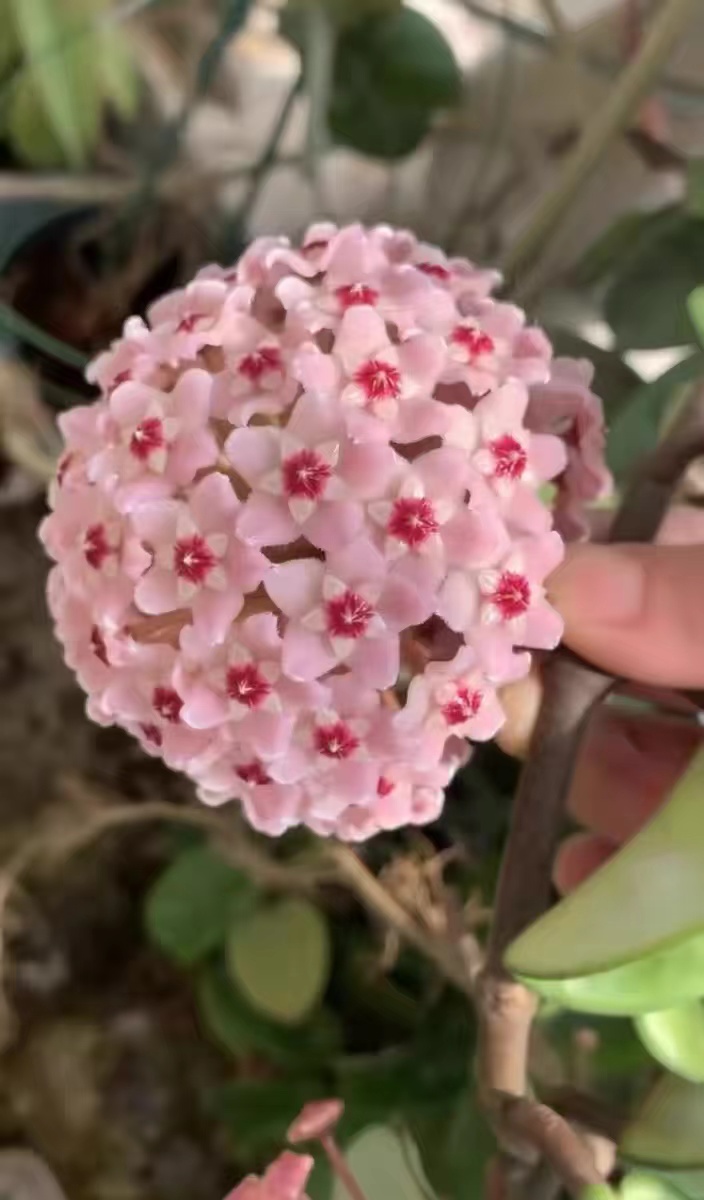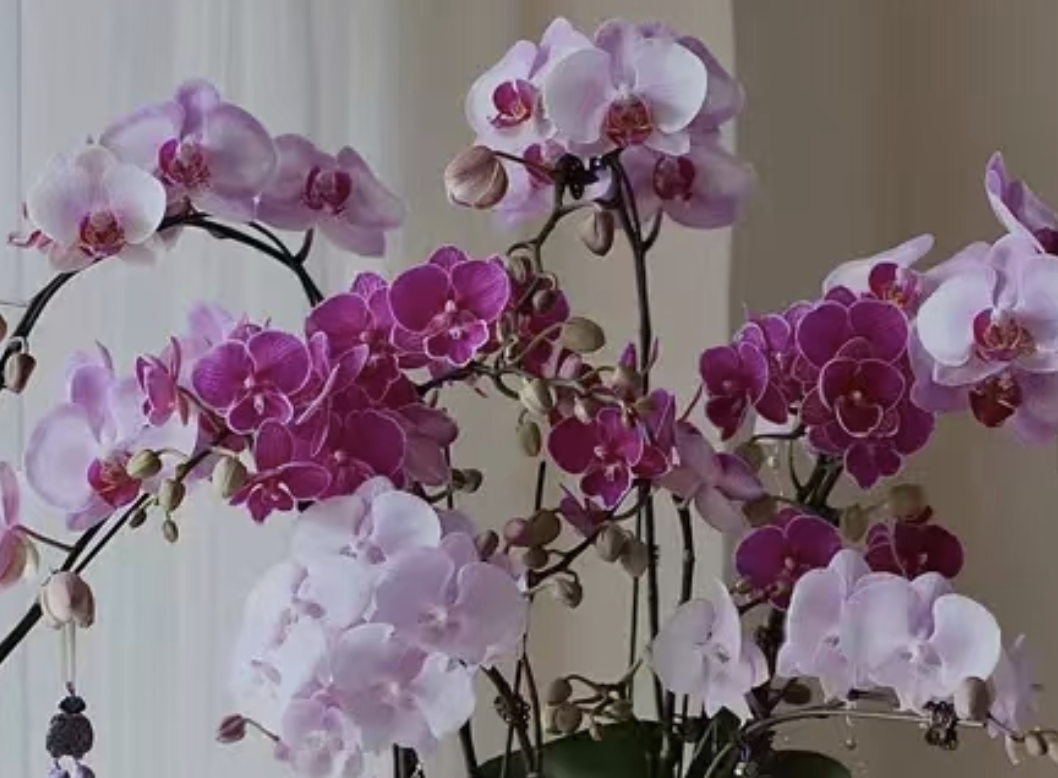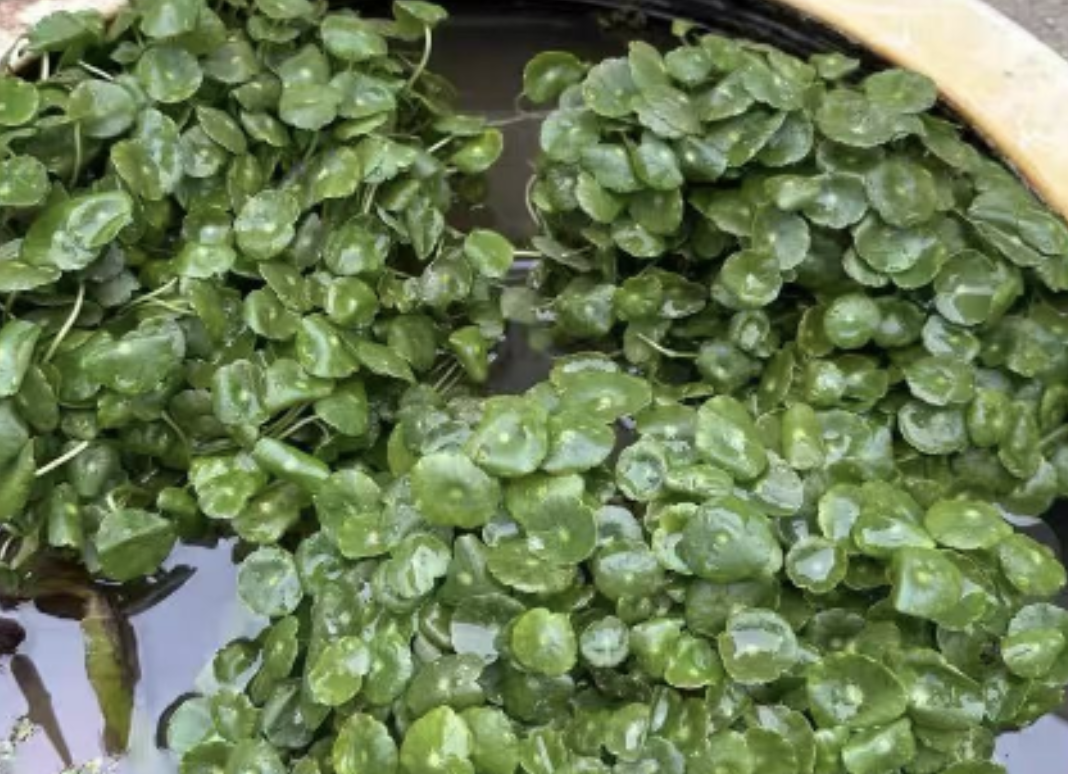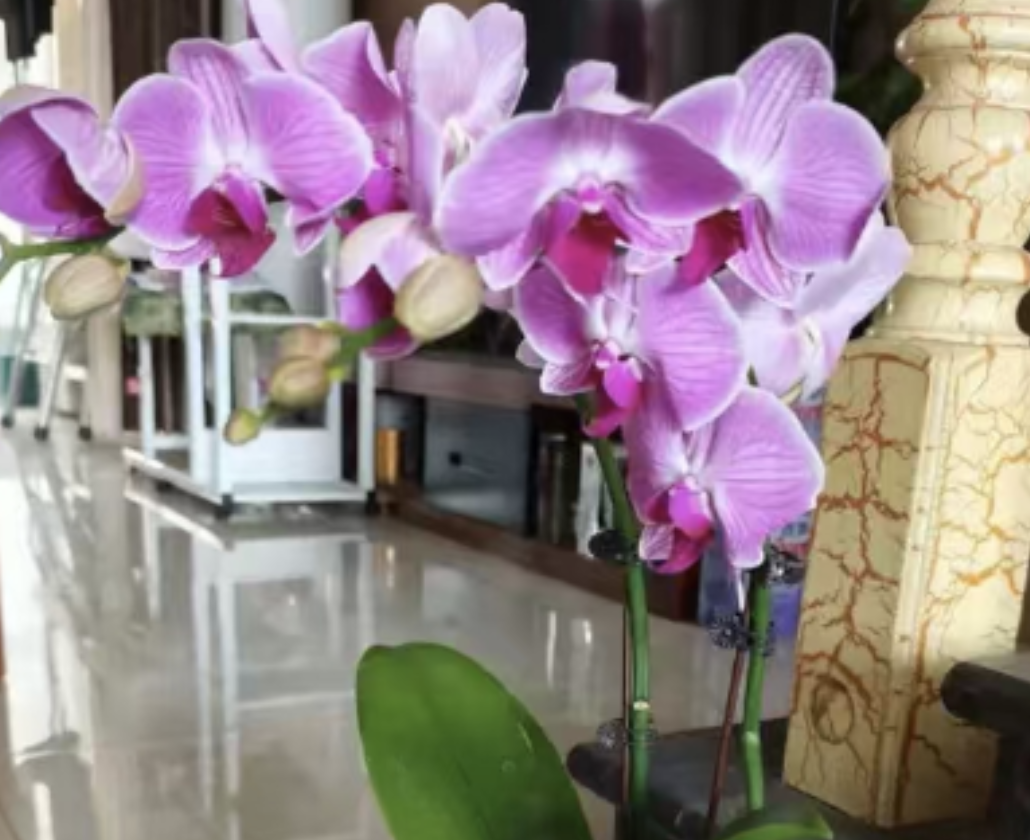Hoya is a beautiful and easy-to-care indoor foliage plant. There are various propagation methods, mainly including cutting propagation, layering propagation and leaf cutting propagation. The following will introduce in detail the specific steps and precautions of these three propagation methods.
Cutting propagation
Cutting propagation is one of the most commonly used propagation methods for Hoya and is suitable for most seasons, but spring and autumn are the best.
Material preparation
Substrate: Mix leaf mold, perlite and vermiculite in a ratio of 4:2:2, or mix peat moss and perlite in a ratio of 1:1 to ensure good air permeability and water retention of the substrate.
Cuttings: Select healthy branches without pests and diseases, about 6-8 centimeters in length, and each section should retain at least 2 nodes and 2-4 leaves.
Tools: Scissors, chopsticks or bamboo sticks, plastic wrap.
Operation steps
Cut cuttings: Cut the cuttings at the appropriate position of the branch to ensure a flat cut and let the wound dry to avoid infection.
Put substrate into pot: Put the prepared substrate into the flowerpot and gently compact it.
Make holes and insert cuttings: Use chopsticks or bamboo sticks to make a small hole in the substrate about 2-3 centimeters deep, then insert the cuttings into the hole and gently compact the substrate around.
Water and maintain moisture: Water thoroughly to ensure the substrate is moist, and then cover the flowerpot with plastic wrap to maintain humidity and temperature.
Maintenance management: Put the flowerpot in a warm and bright place (avoid direct sunlight). Check the substrate moisture regularly and keep it slightly moist. Generally, roots can grow in 15-20 days, new leaves can grow in one month, and after three months, the roots develop well and can be planted.
Layering propagation
Layering propagation is a method with a relatively high success rate in Hoya propagation and is suitable for plants with longer branches.
Material preparation
Substrate: Mix peat moss and perlite in a ratio of 2:1.
Branches: Select strong-growing branches without pests and diseases and of moderate length.
Tools: Scissors, sphagnum moss, film, string.
Operation steps
Select branches: Select a suitable position for layering on the branch, generally at the growth node.
Process branches: Cut the selected position on the branch, but do not completely cut it off. Then wrap the wound with sphagnum moss to increase the humidity for rooting.
Fix layering: Press the processed branch into the substrate to ensure that the wound is in contact with the substrate. Then cover it with a layer of film and tie it with string.
Maintenance management: Keep the substrate moist and check the growth of layering regularly. Generally, new roots can grow in 1-2 months. At this time, the branch can be cut off from the mother plant, and the pruning position is below the layering position to form a complete potted plant.
Leaf cutting propagation
Although leaf cutting propagation has a slower growth rate, it is also an interesting propagation method and is suitable for the situation where the leaves of Hoya are relatively thick.
Material preparation
Substrate: Mix peat moss and perlite in a ratio of 1:1, or choose vermiculite.
Leaves: Select healthy, pest-free and thick leaves, especially the strong leaves at the bottom of the branch.
Tools: Scissors, rooting powder (optional).
Operation steps
Cut leaves: Gently cut the leaves from the connection between the leaves and the stem with scissors, and pay attention to keeping the petiole intact.
Process leaves: Put the cut leaves in a ventilated and shaded place for 2-3 days to let the wound heal. If you want to increase the rooting rate, you can dip some rooting powder at the bottom of the petiole.
Insert leaves: Insert the processed leaves obliquely into the substrate. Insert the petiole part about 2-3 centimeters deep. Then gently compact the surrounding substrate.
Maintenance management: Keep the substrate slightly moist and avoid excessive watering to cause rot. Spray mist regularly to increase air humidity. Put the leaves in a bright and warm place and avoid direct sunlight. Generally, new shoots can be seen growing after a few months.
The above are the three propagation methods of Hoya. Each method has its unique advantages and application scenarios. In the propagation process, maintaining suitable temperature, humidity and light conditions is the key to improving the propagation success rate.
What are the suitable propagation methods for Hoya?

Share with
Tagged in :




Leave a Reply